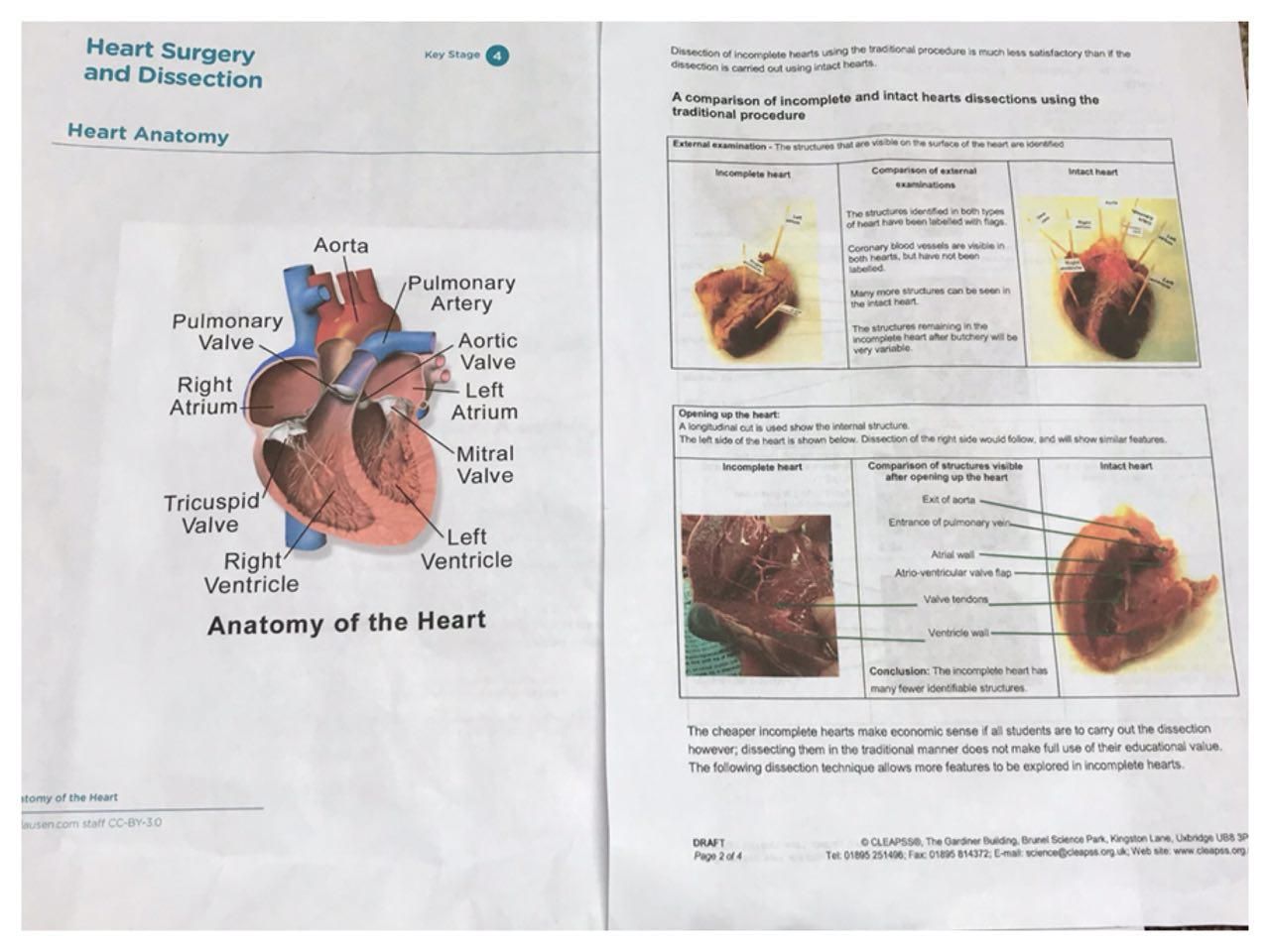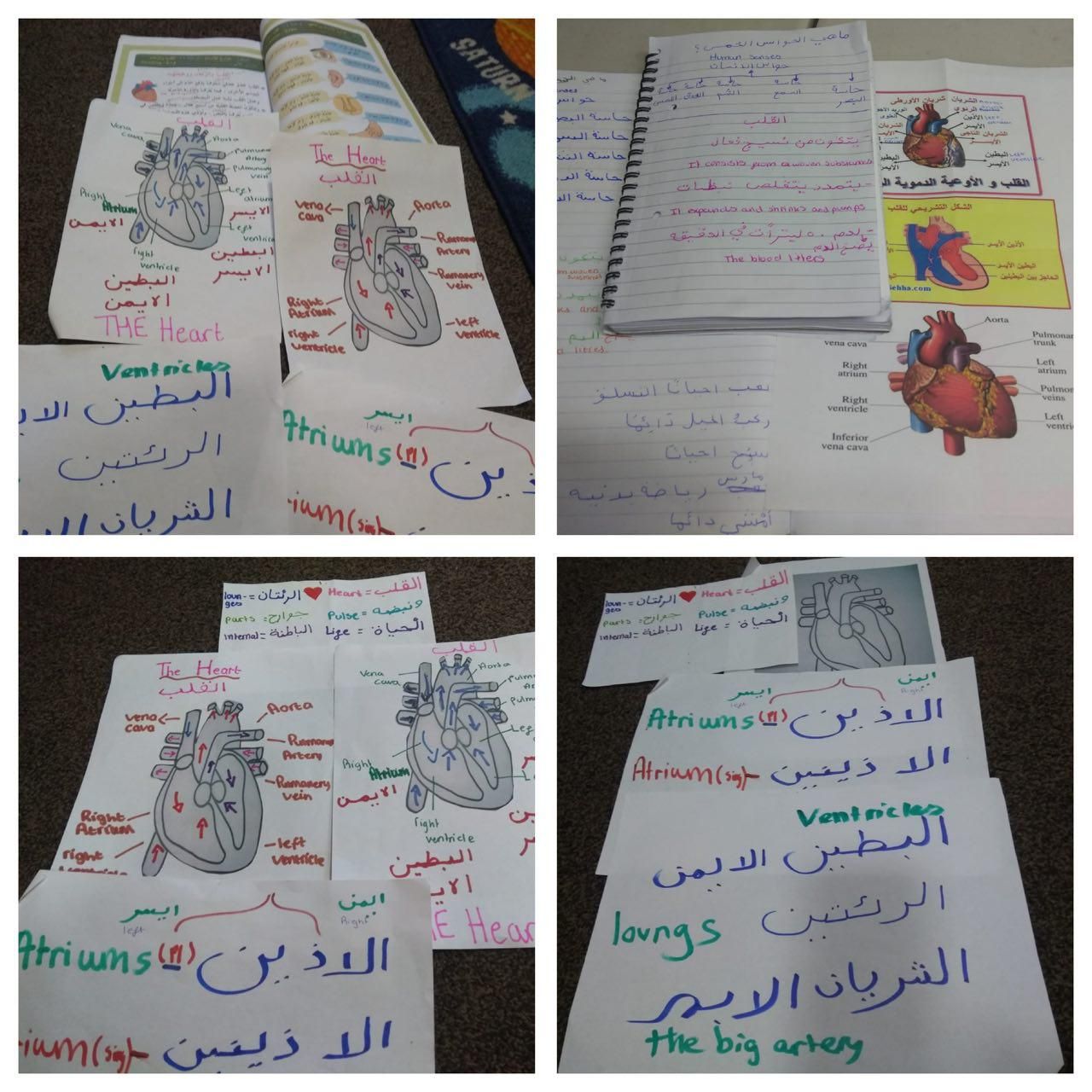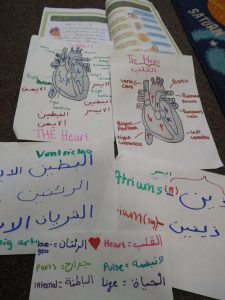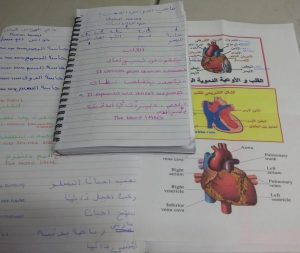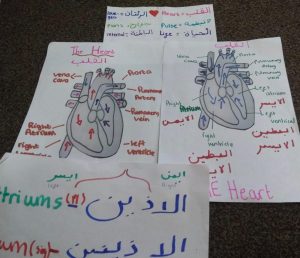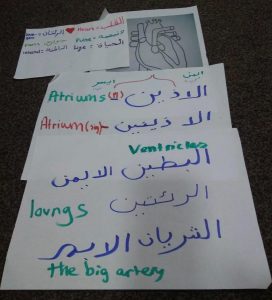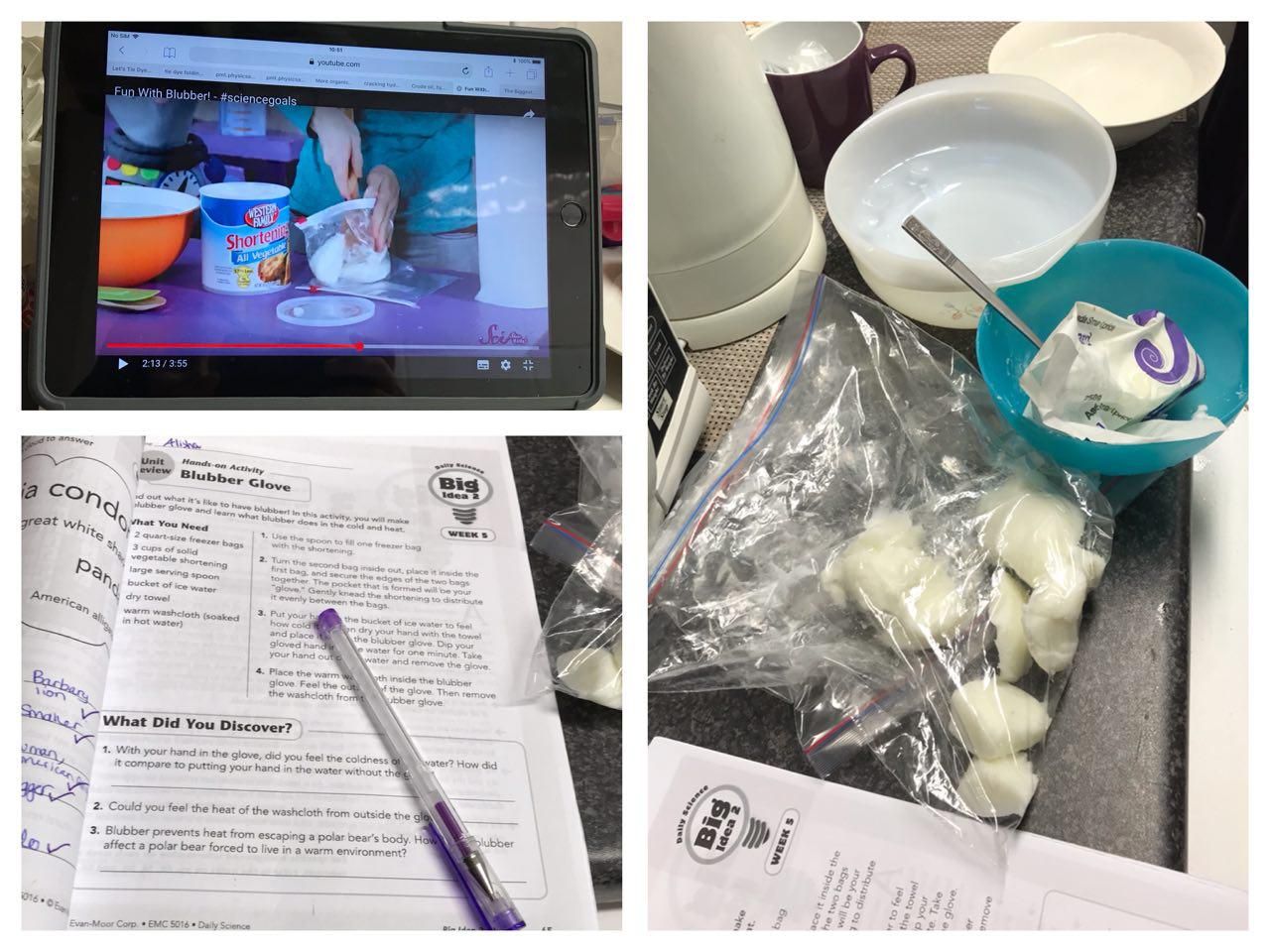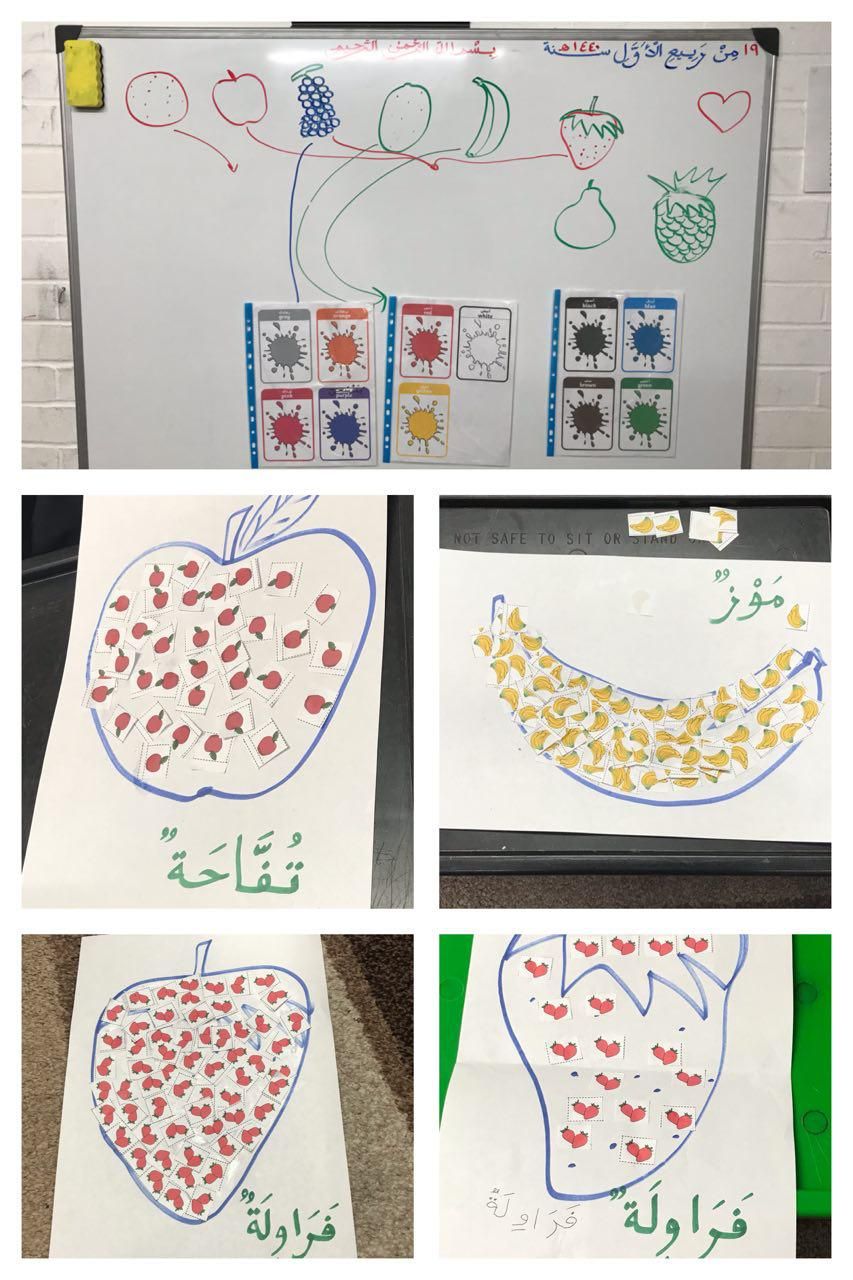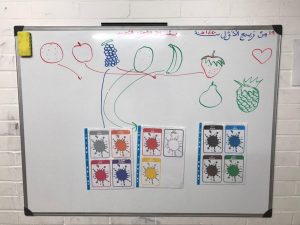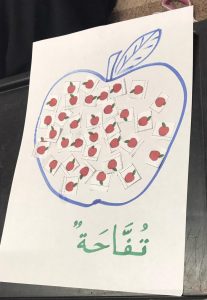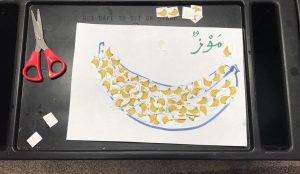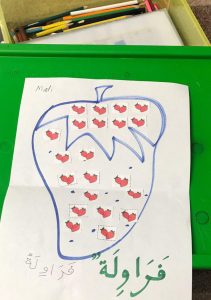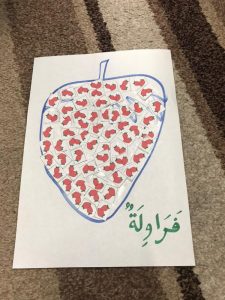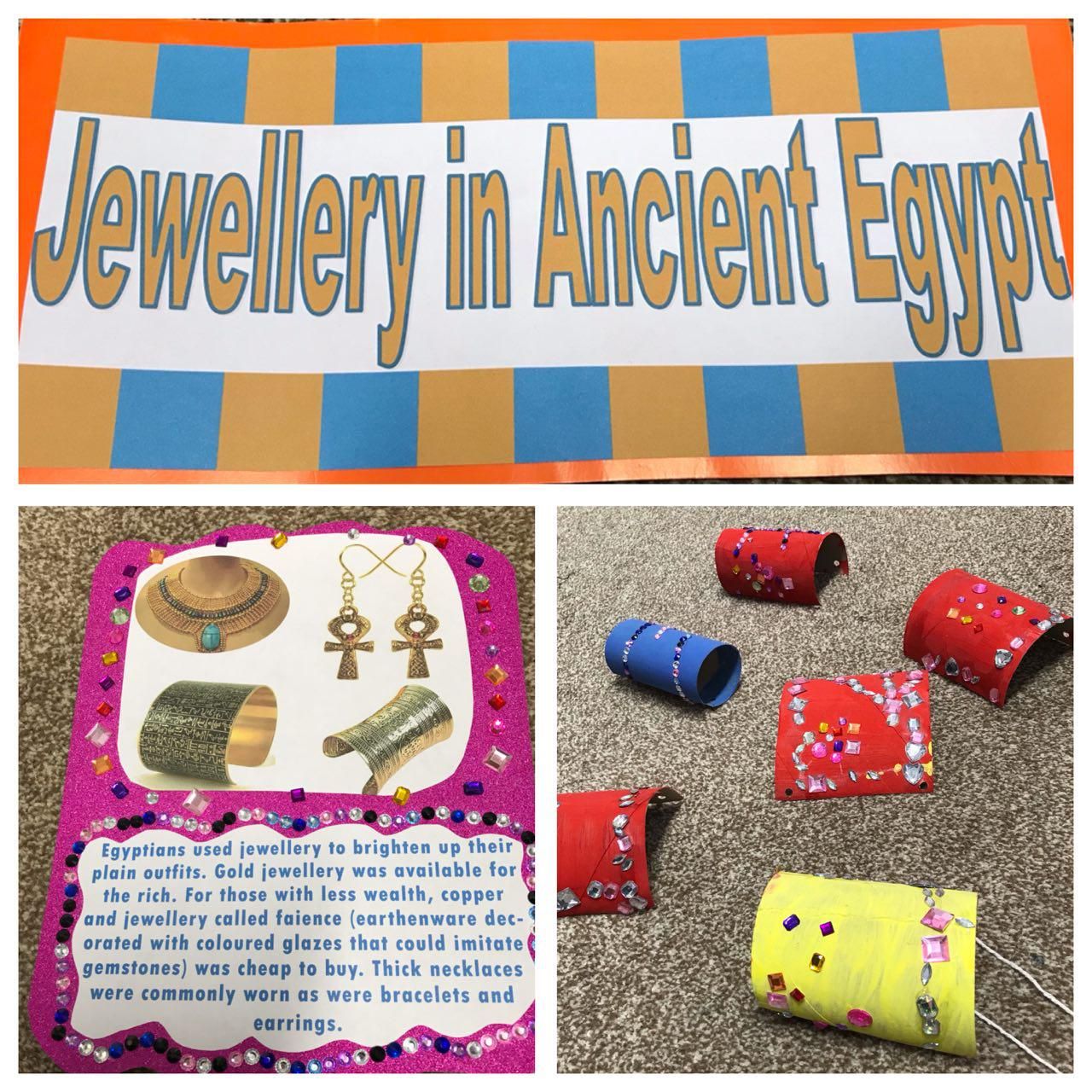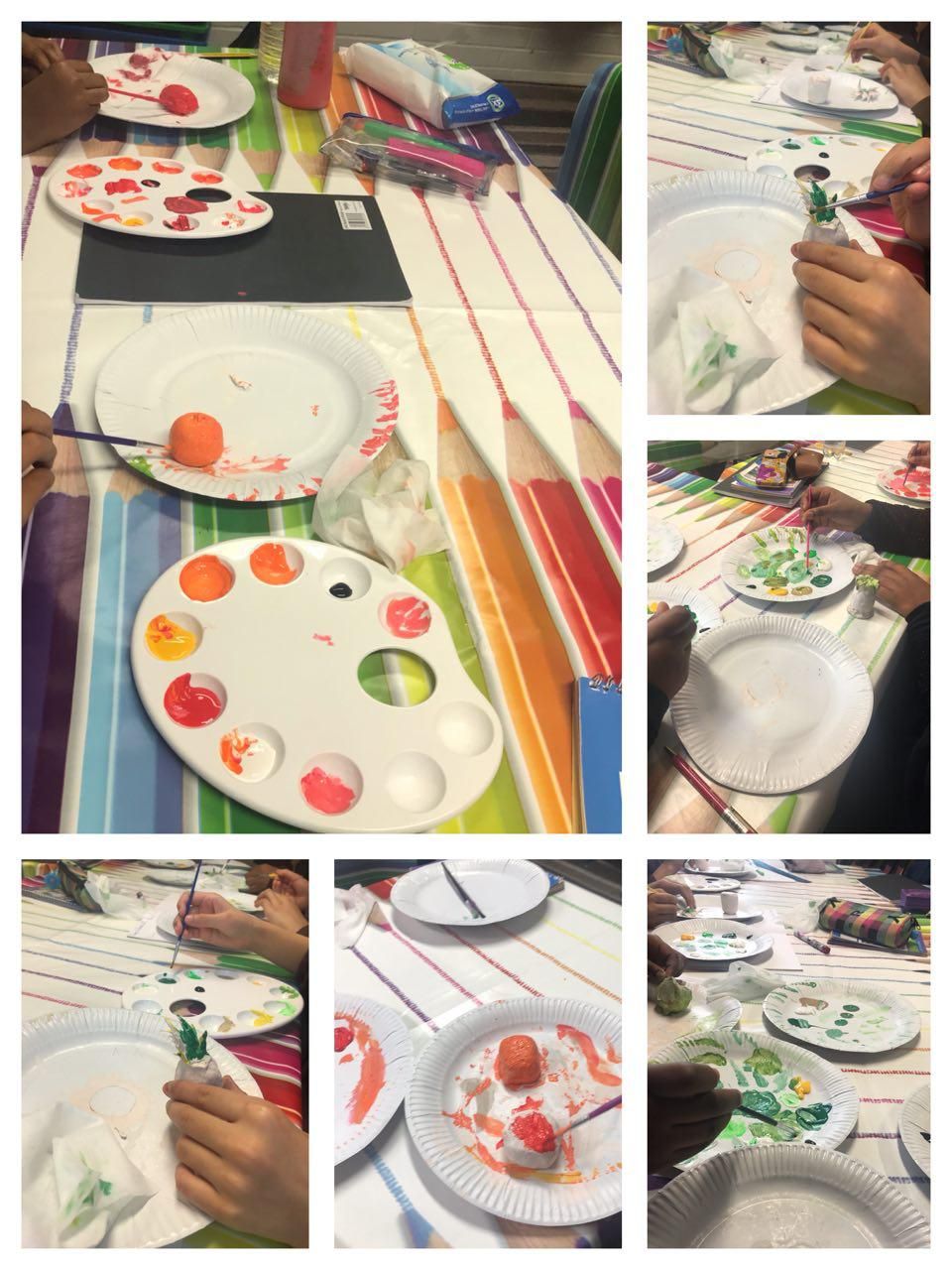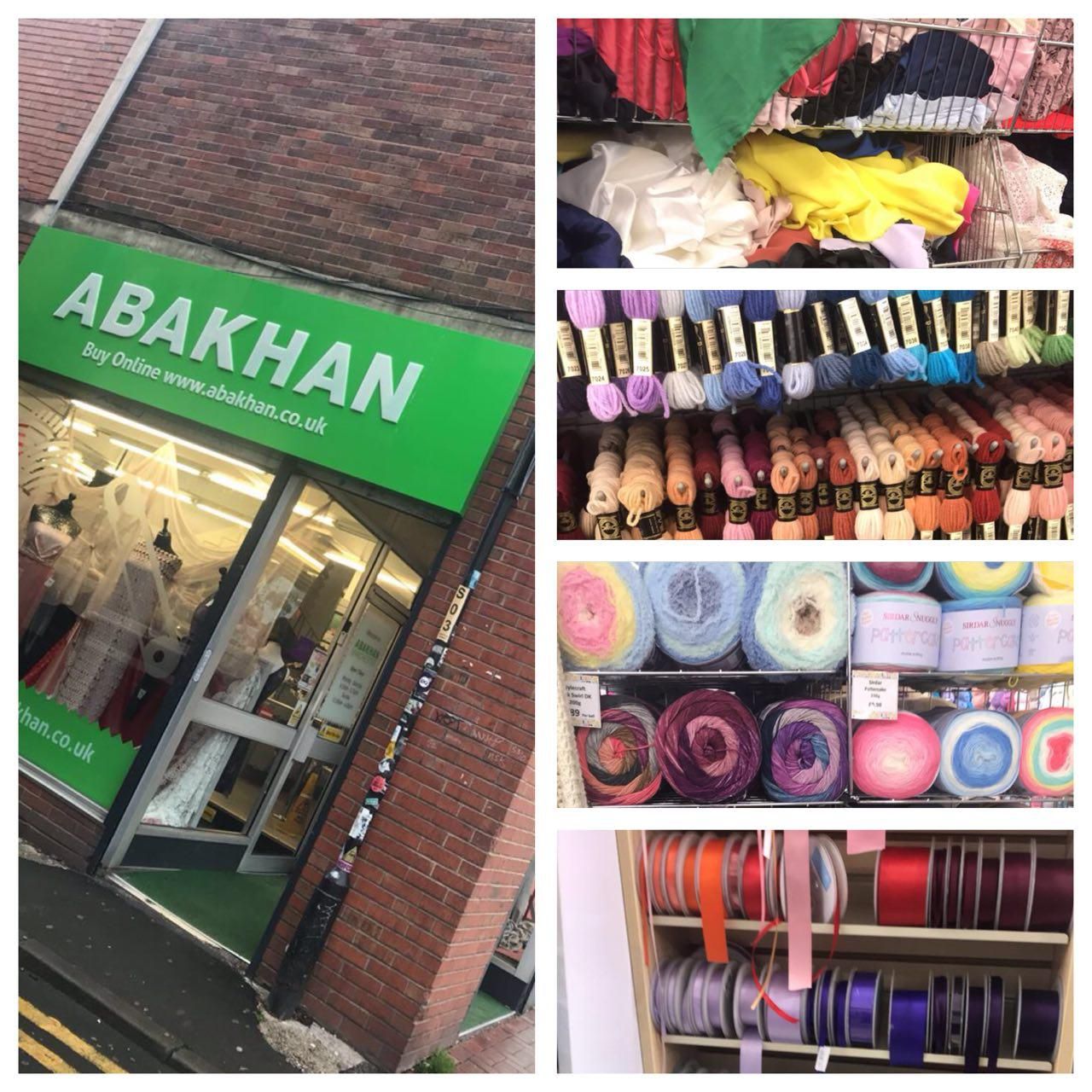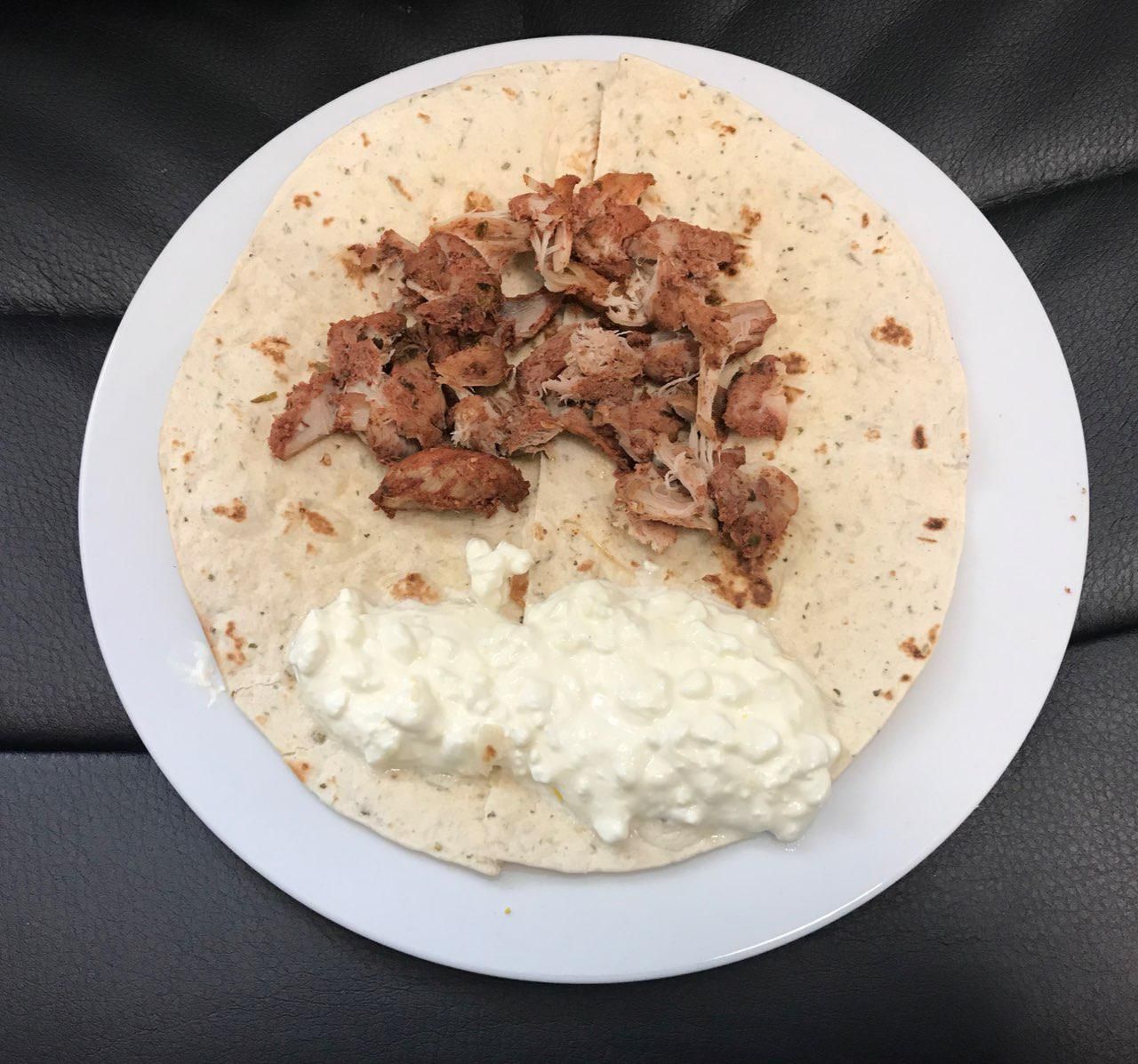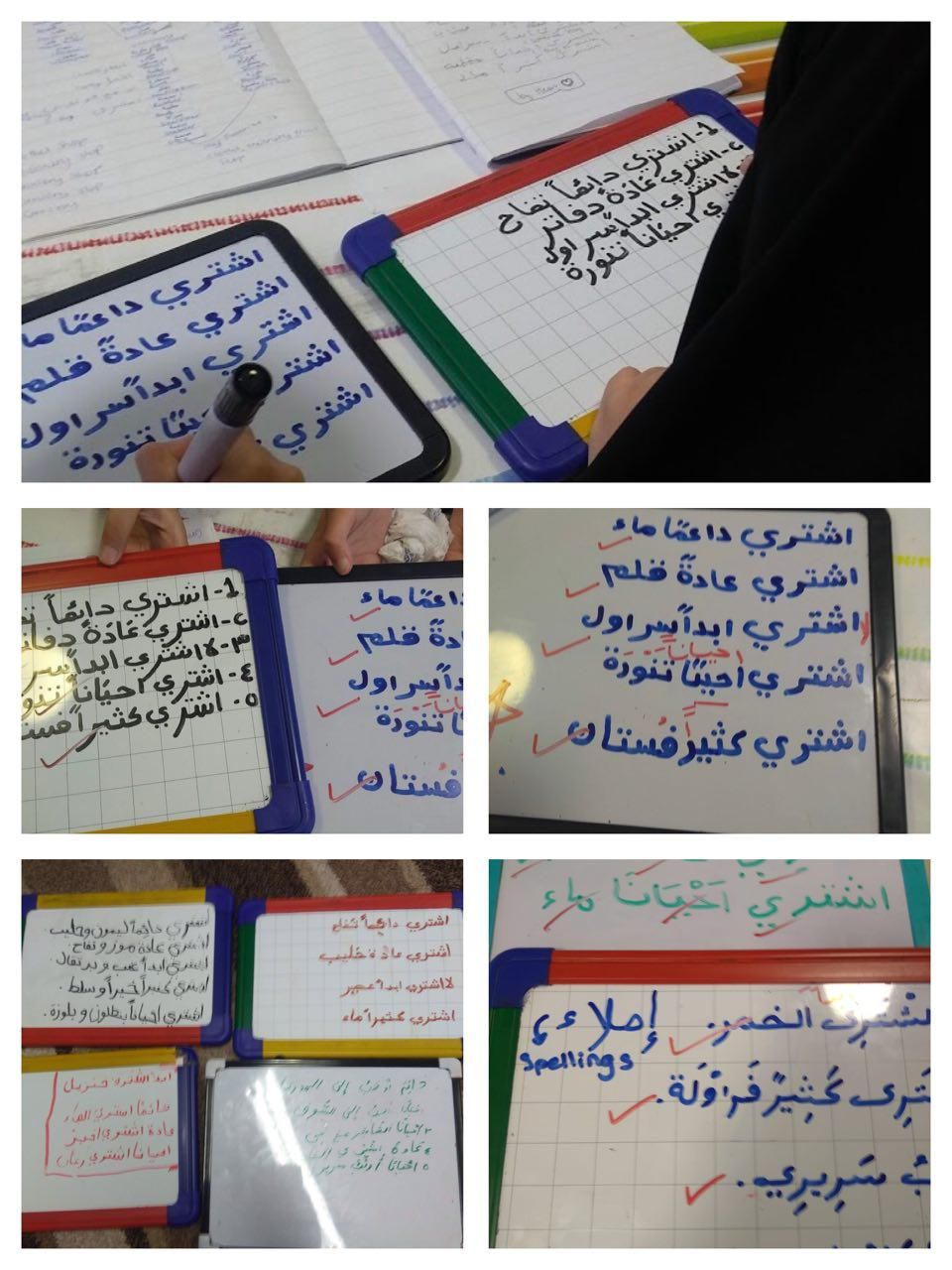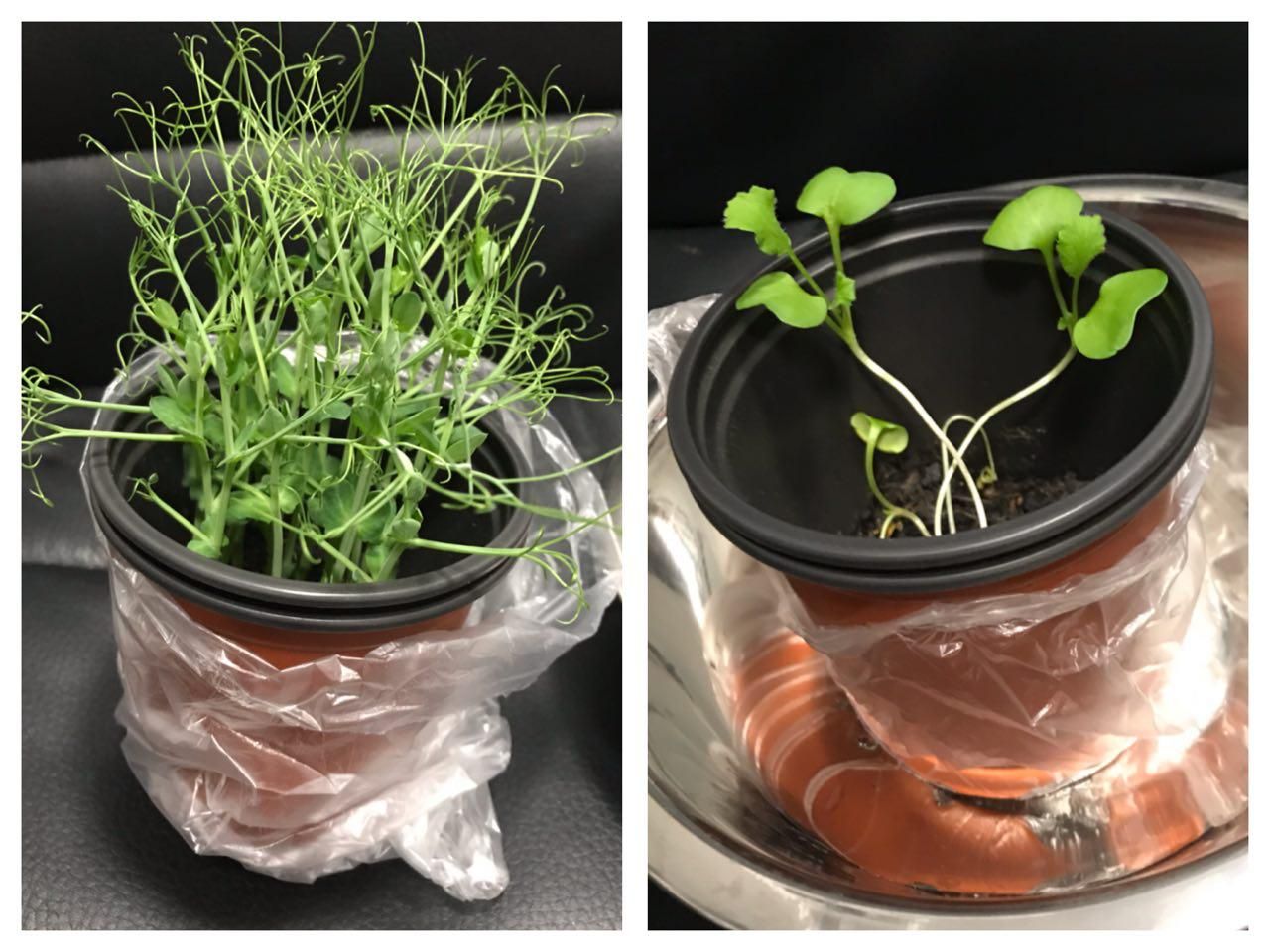Sheep Heart Dissection in Science!
By studying the anatomy of a sheep’s heart, children learned about how our own heart pumps blood through your body and keeps us alive.
The experience of dissecting real animal material adds an extra dimension to understanding the structure of the heart and the relationship of structure to function.
The activity allowed the children to investigate and explore the texture and thickness of the vessel and chamber walls, and the movement of the different kind of valves.
Using handouts with pictures/diagrams the children could also see what was going on with the heart in different stages of the dissection.

